At the end of June 2019 it was time for our consortium to meet again. After having visited Amsterdam, Budapest, Hamburg and Trikala, our next gathering took place in Oxford. A picturesque city from the 12th century, house to Shakespeare and Lewis Carroll (among others) and renowned for its highly selective university, Oxford hosted Cities-4-People representatives from all over Europe for three days.
On 19 June, we ran through every single intervention. We are not going to spoil it for you, in case you haven’t read our Lab updates (which we strongly recommend you to do!), but we can tell that it was an impressive journey: we reviewed fifteen interventions, some completed, some others ongoing or planned for the near future, we talked about the feedback and data collected from users, we discussed lessons learnt and initial scale-up plans – it was a great start of the meeting.
On the next day, 20 June, we discussed the COS methodology and measures and we put our brains at work during a series of forward-looking workshops on scaling up, outcome exploitation and sustainability. We want this project to last beyond its planned duration and this is why we are working towards creating ripple effects, sharing our main results as well as tools and guidelines for replication.
Moreover, we are not going to stop piloting interventions at this stage. Rather, we are going to involve local communities in a new round of co-creation in order to select one intervention to be scaled-up and prepare for a second round of piloting, building on the experience from the first phase. The analysis of the data gathered during the pilot will provide us with better insights into what has worked best and what has worked less for each intervention. Since we have a lot on our plate for the near future, we took the chance of bring all together in Oxford to lay the foundations for the upcoming activities.
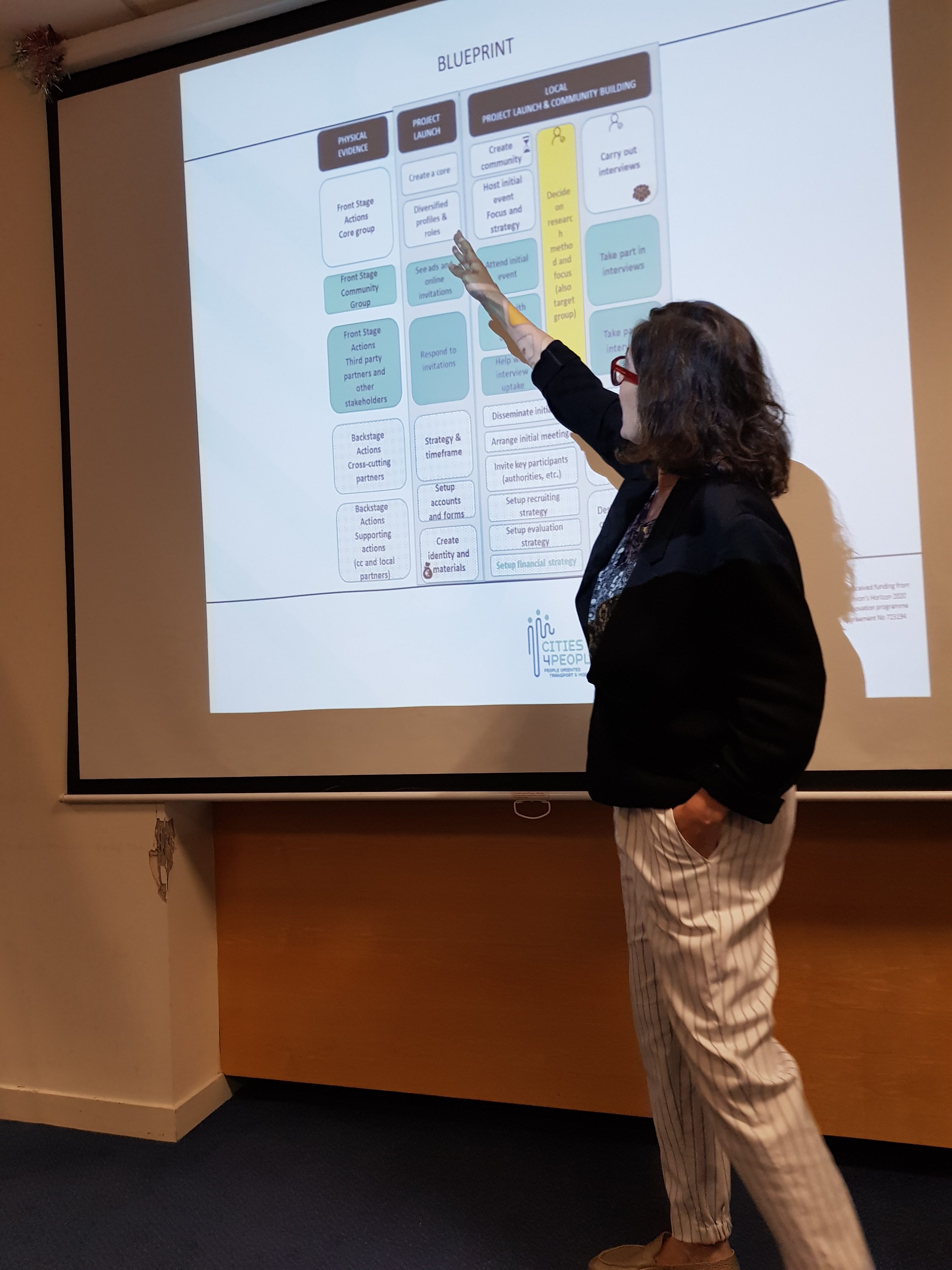

Finally, on 21 June, after another workshop on scale-up and sustainability, we gave more concreteness to the interventions carried out by our host, the Oxfordshire County Council (which you can read about here) by travelling to Barton in two groups: one went by bus, one used the DRT service (Pick-Me-Up). The DRT service was by far quicker and more agile, although some passengers felt that the legroom was more limited than on the bus. A Cost-Benefit Analysis will shed light on whether the DRT service is not only quicker, but also more convenient for Barton residents than the bus. People in the Barton Neighbourhood Centre have good faith in the project and support it wholeheartedly. It was great to be met with such enthusiasm and to witness the potential of the project.
We left Oxford with a long to-do list, several plans and ideas for the next months and with renewed motivation to improve our pilots. We hope that you are as motivated as us and look forward to the second piloting phase as we do!
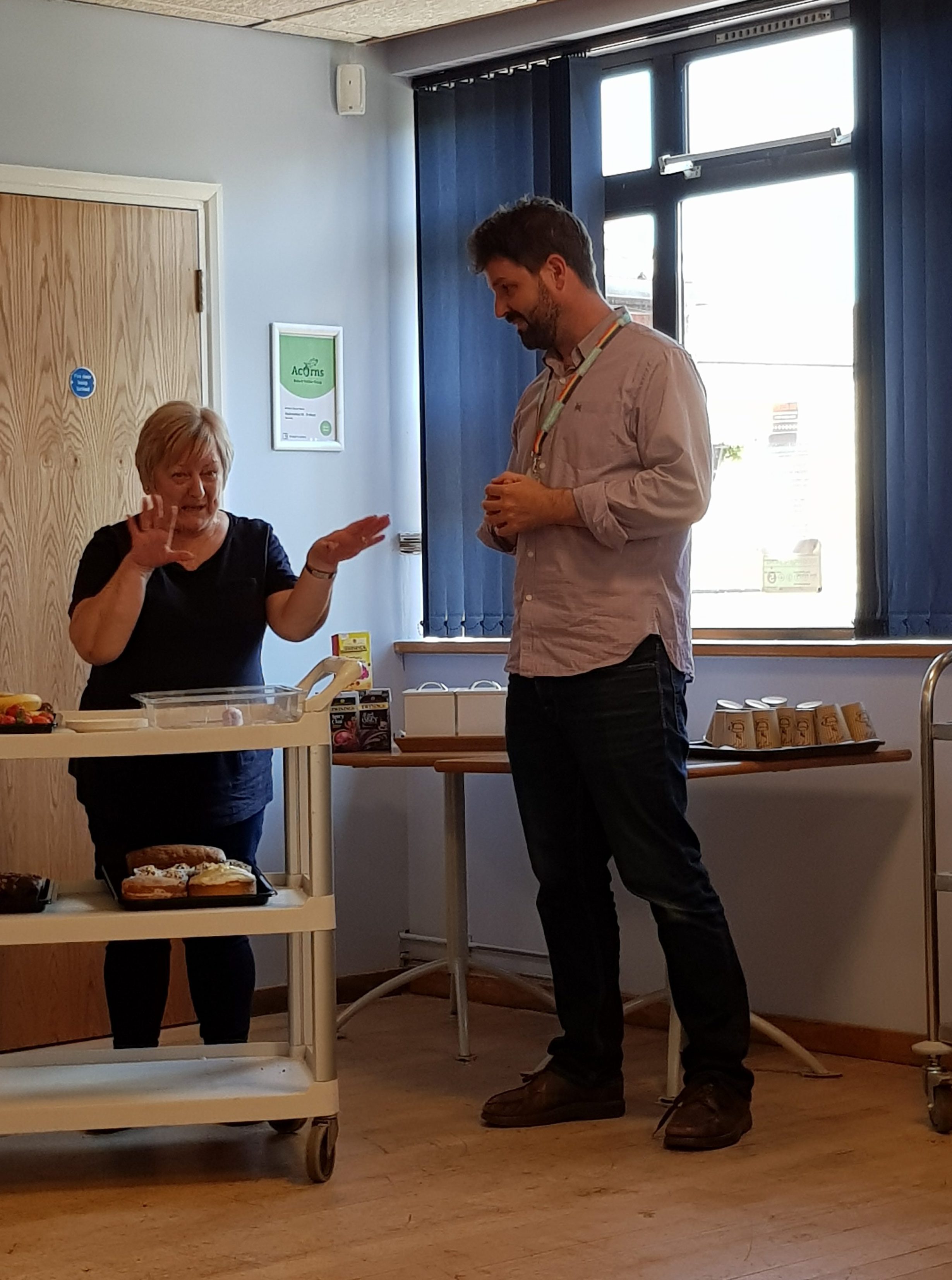
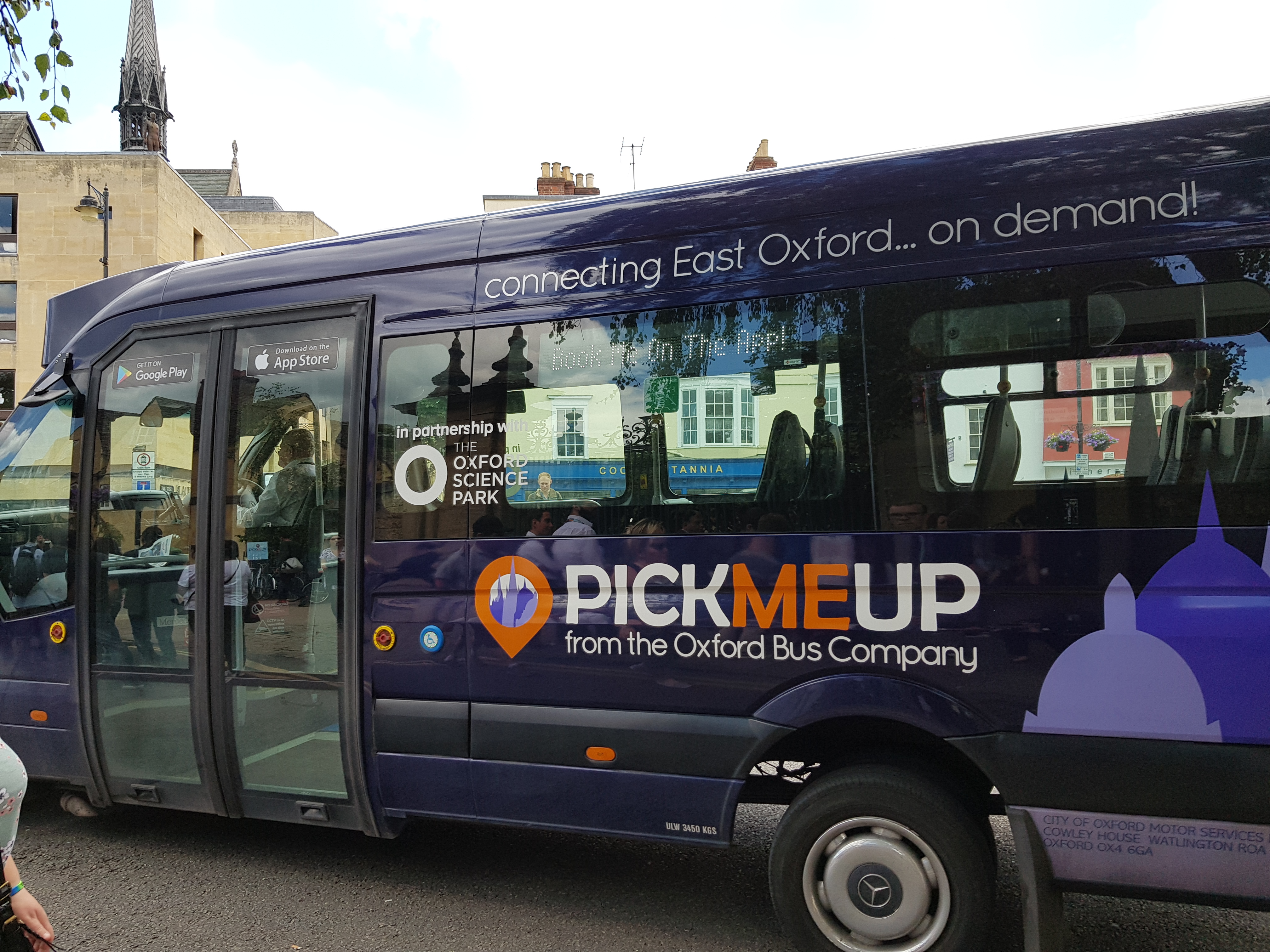
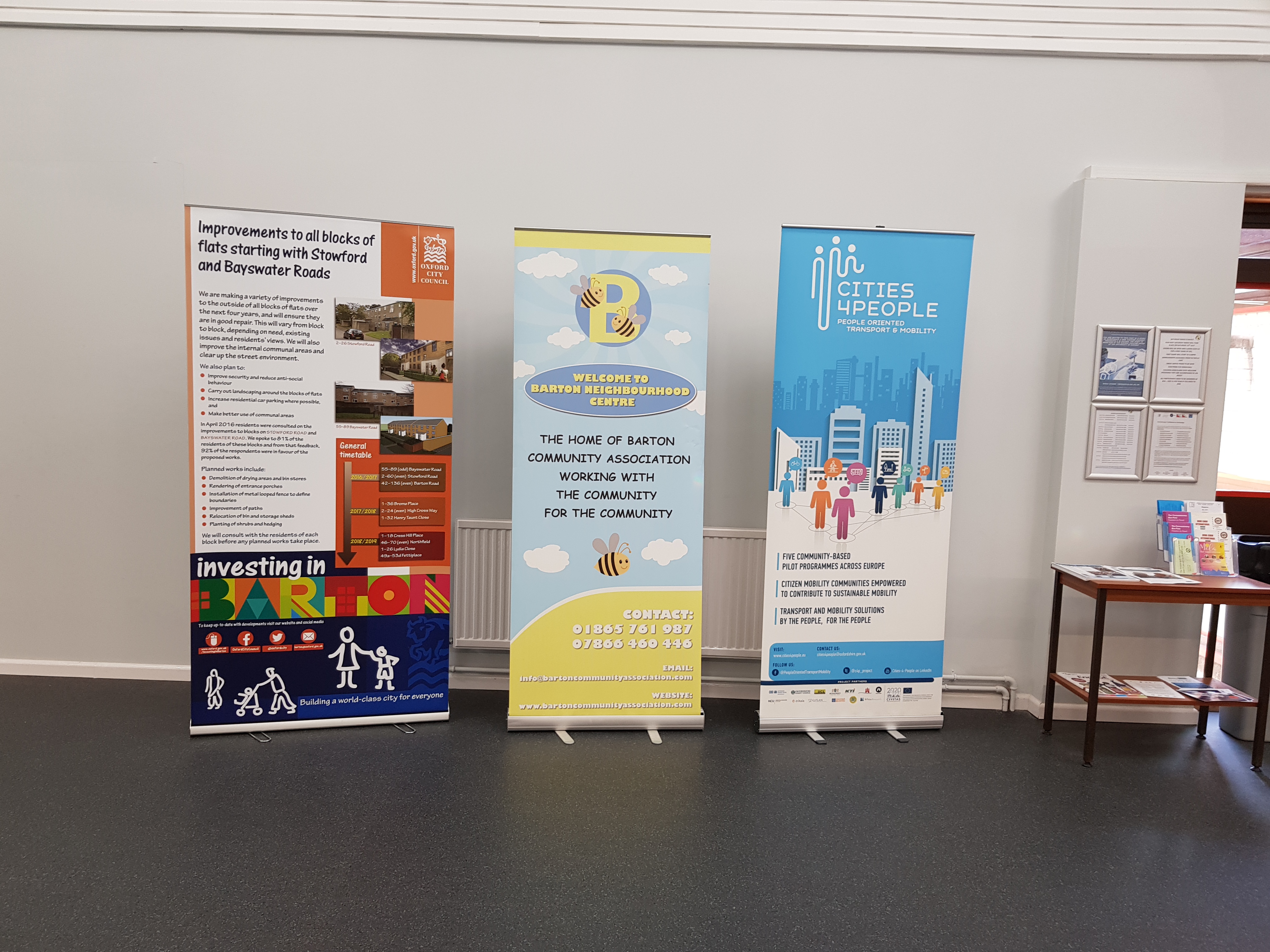

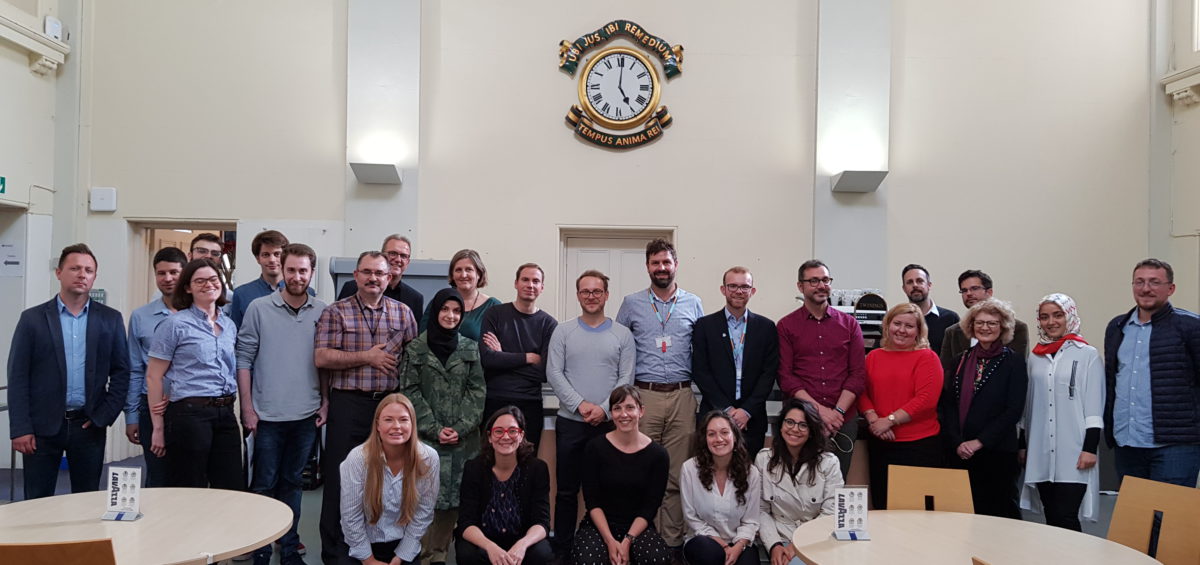

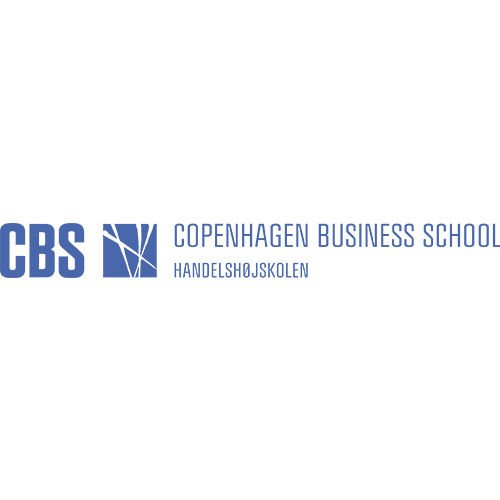
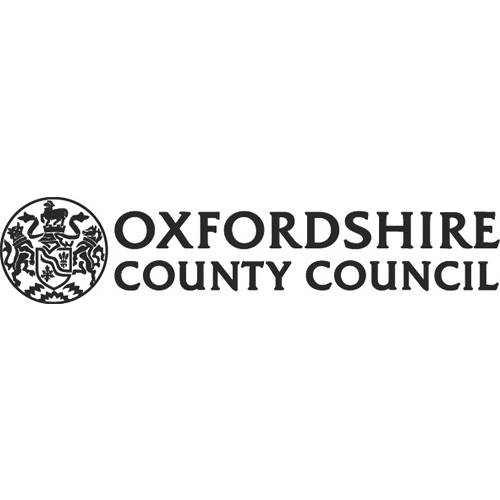

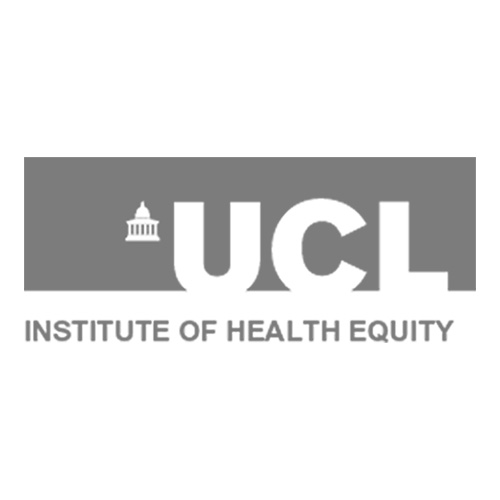
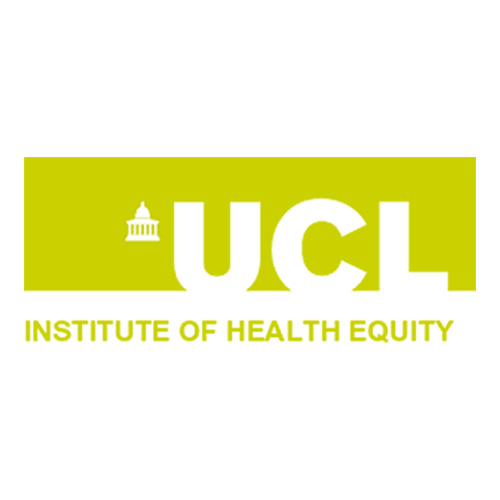


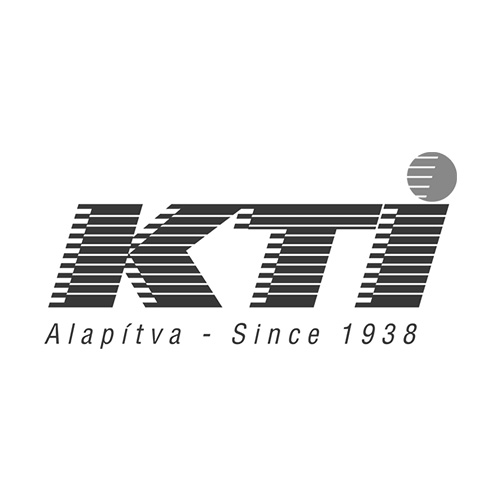
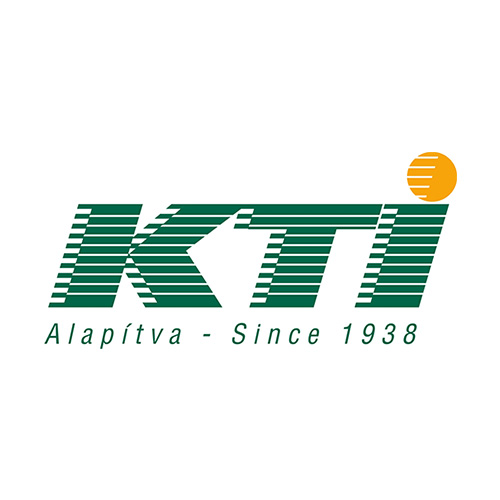
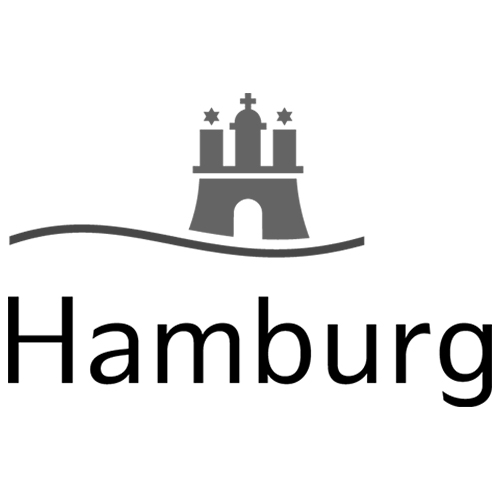
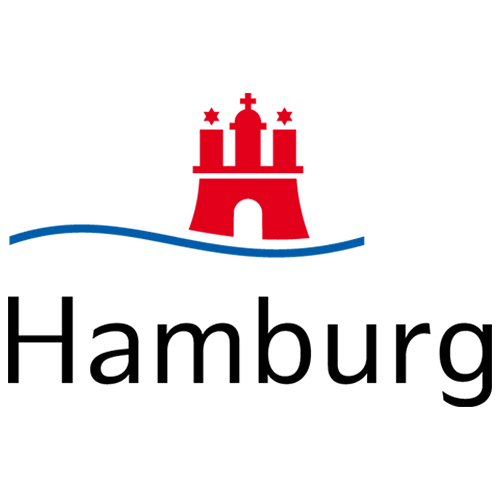
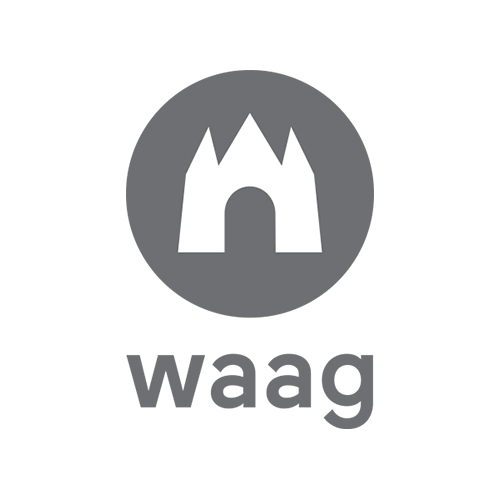

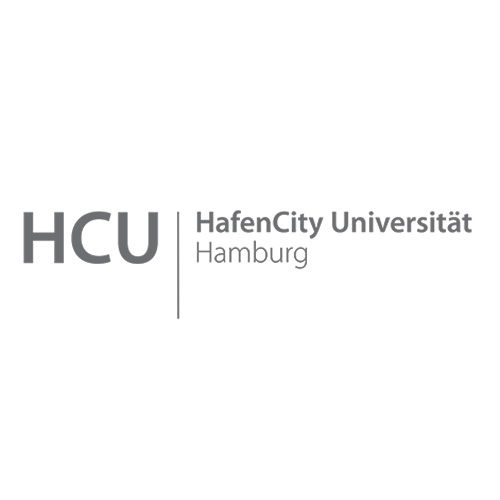
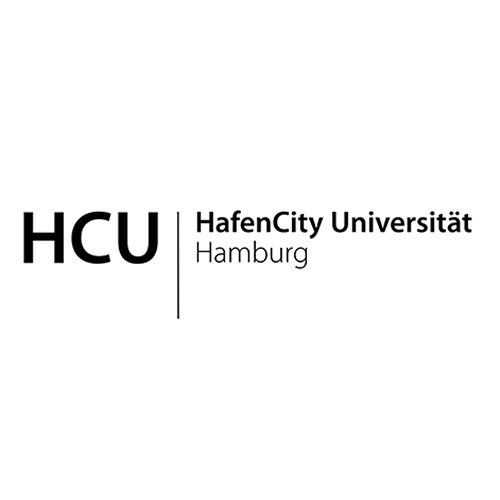
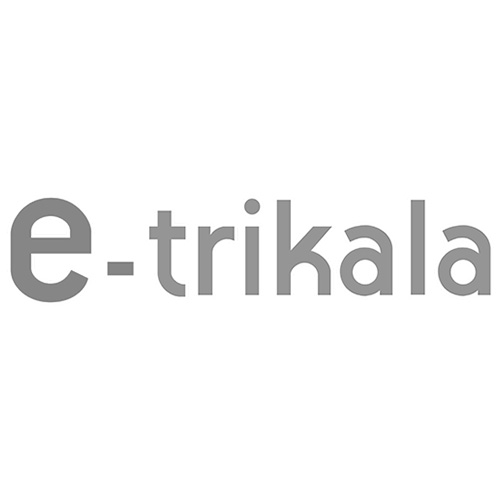
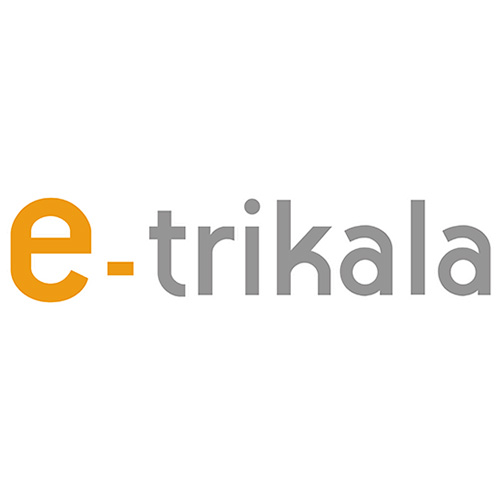





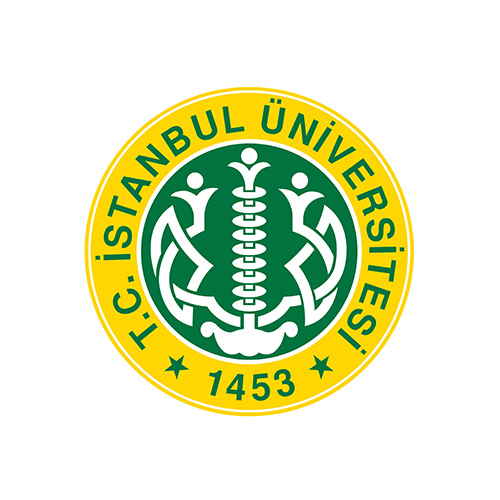


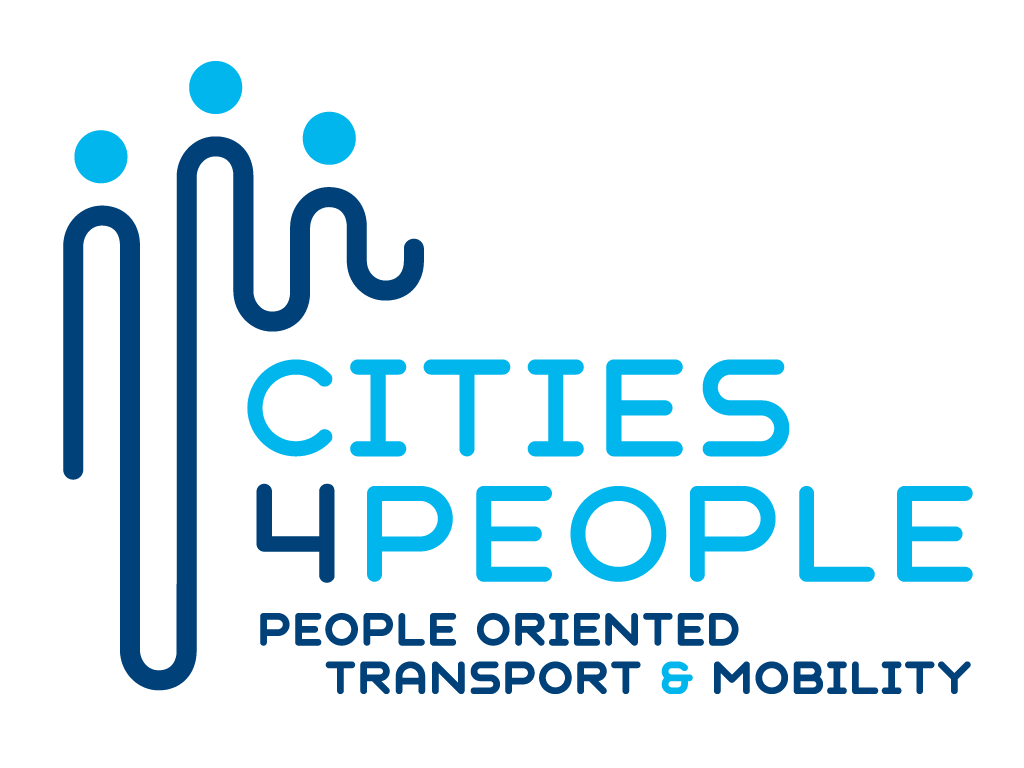
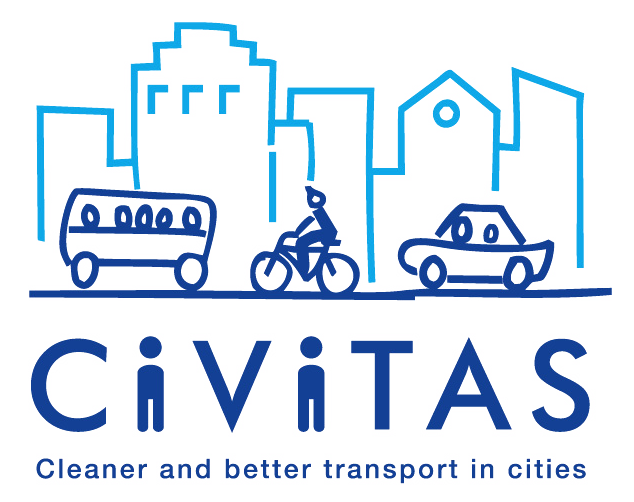


 English
English Magyar
Magyar Ελληνικά
Ελληνικά Deutsch
Deutsch